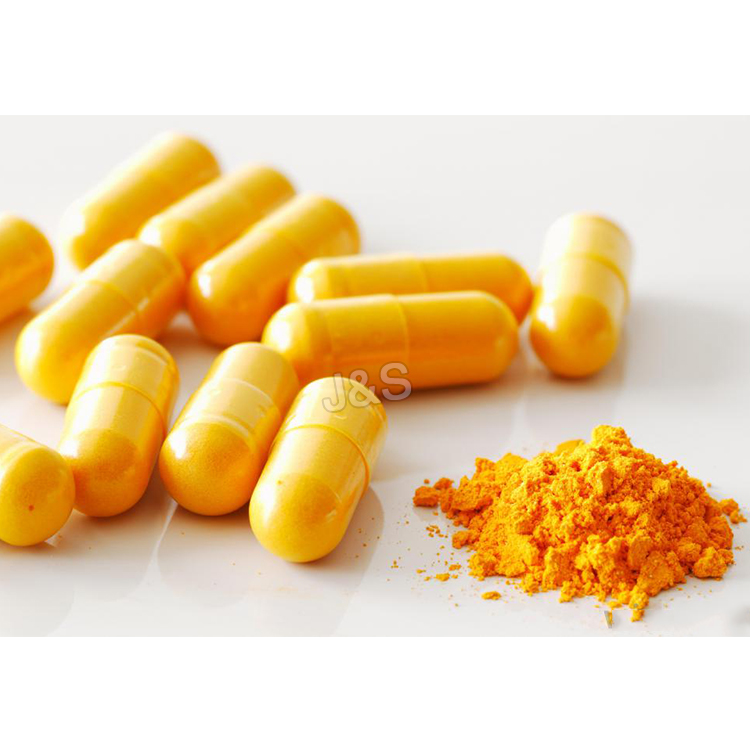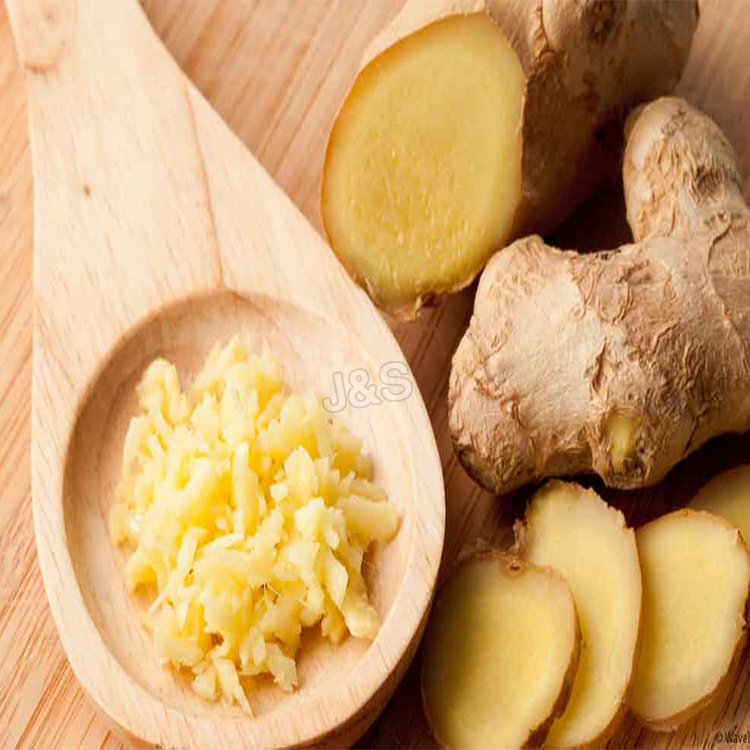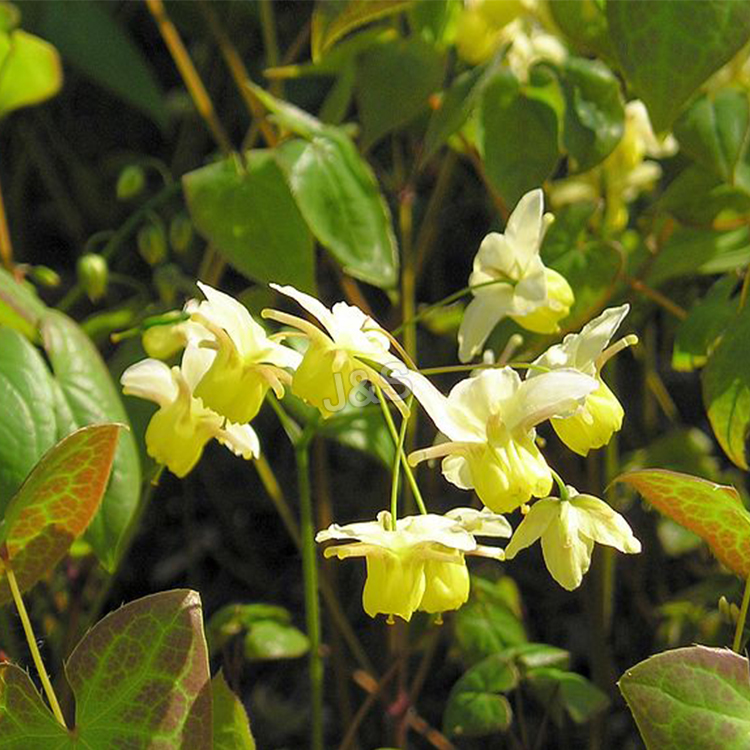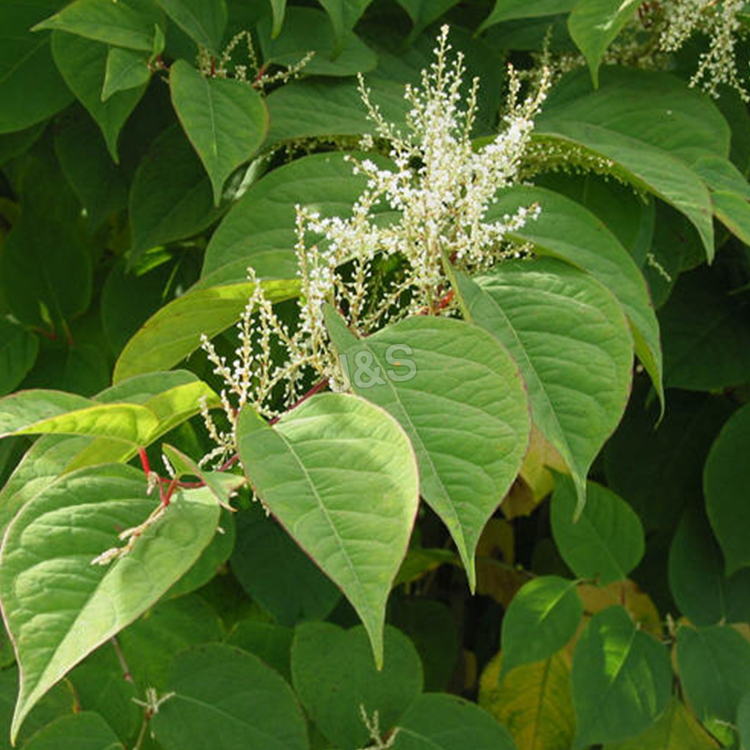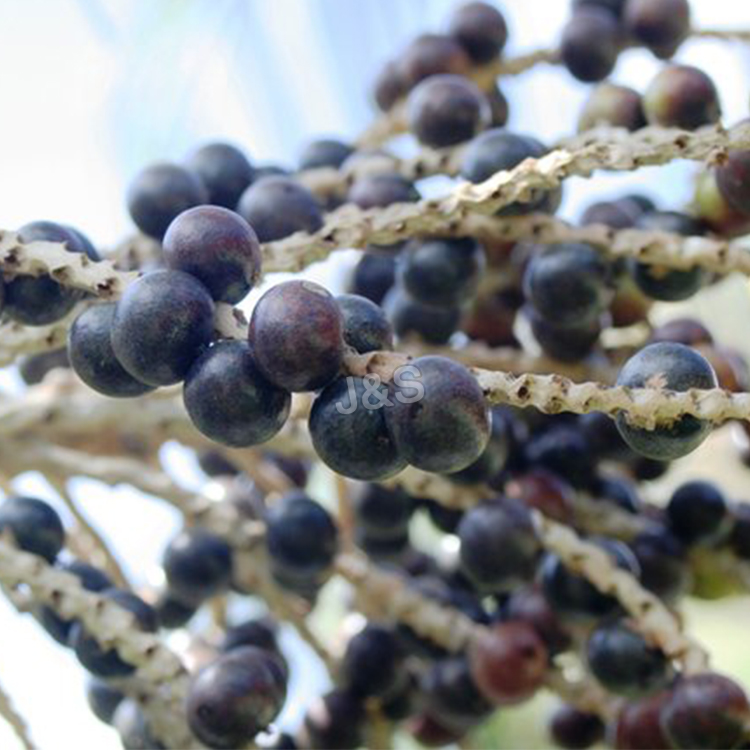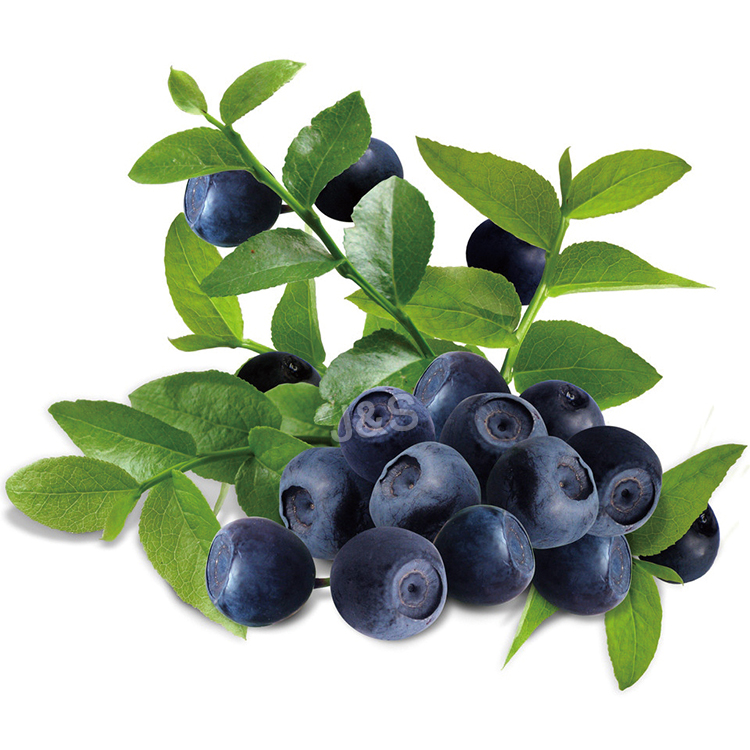Wholesale price stable quality Milk Thistle Extract Supply to St. Petersburg
Wholesale price stable quality Milk Thistle Extract Supply to St. Petersburg Detail:
[Latin Name] Silybum marianum G.
[Plant Source] The dried seed of Silybum marianum G.
[Specifications] Silymarin 80% UV & Silybin+Isosilybin 30% HPLC
[Appearance] Light Yellow Powder
[Particle size] 80 Mesh
[Loss on drying] £ 5.0%
[Heavy Metal] £10PPM
[Extract solvents] Ethanol
[Microbe] Total Aerobic Plate Count: £1000CFU/G
Yeast & Mold: £100 CFU/G
[Storage] Store in cool & dry area, keep away from the direct light and heat.
[Shelf life]24 Months
[Package] Packed in paper-drums and two plastic-bags inside. Net weight:25kgs/drum
[What is Milk Thistle]
Milk Thistle is a unique herb which contains a natural compound called silymarin. Silymarin nourishes the liver like no other nutrient currently known. The liver acts as the body’s filter constantly cleansing to protect you from toxins.
Over time, these toxins can accumulate in the liver. Milk Thistle’s potent antioxidant properties and rejuvenating actions help keep the liver strong & healthy.
[Function]
1, Toxicology tests showed that:a strong effcets of protecting cell membrane of liver, in Clinical application, Milk Thistle
Extract has good results for the treatment of acute and chronic hepatitis, liver cirrhosis and a variety of toxic liver damage, etc.;
2, Milk Thistle Extract significantly improves the liver function of the patients with symptoms of hepatitis;
3,Clinical applications: for the treatment of acute and chronic hepatitis, cirrhosis, liver poisoning and other diseases.
Product detail pictures:

Related Product Guide:
Dedicated to strict quality control and thoughtful customer service, our experienced staff members are always available to discuss your requirements and ensure full customer satisfaction for Wholesale price stable quality Milk Thistle Extract Supply to St. Petersburg , The product will supply to all over the world, such as: Danish, Burundi, Sevilla, You can let us know your idea to develop unique design for your own model to prevent too much similar parts in the market! We will provide our best service to satisfy all your needs! You should contact us right away!
10 Health Benefits of Chamomile
Health-conscious people are switching to herbal teas for the many health benefits they offer.
Chamomile tea is a good choice for many, as it provides many medicinal and beauty benefits.
Number 1. Fights Sleep Issues.
If you have difficulty sleeping, drinking chamomile tea can benefit you immensely. The herb works as a mild tranquillizer and sleep-inducer, due to its rich dose of flavonoids that signal your brain to release serotonin and dopamine for a good night’s rest.
The herb also relaxes your muscles and nerves, which in turn promote sleepiness.
Number 2. Relieves Headaches.
Whether you suffer from tension headaches or migraines, chamomile is a good remedy for quick relief.
Chamomile has anti-inflammatory, antispasmodic and soothing properties that help relieve pain. In fact, drinking chamomile tea regularly can help cut the frequency and severity of migraine attacks.
Number 3. Calms Muscle Pain and Spasms.
This herb also aids in getting rid of muscle pain and soreness. Chamomile raises urine levels of glycine, a naturally occurring amino acid that helps calm your nerves and muscles.
Also, this herb has several flavonoids with anti-inflammatory properties, which have a relaxing effect on the body to facilitate faster healing of sore muscle tissues.
Number 4. Keeps Stress under Control.
Chamomile is an effective herb to help keep your stress level under control. Stress is linked to many health problems, from insomnia to heart trouble.
The herb’s calming and soothing nature has a sedative effect on the central nervous system that helps reduce stress and anxiety.
Number 5. Relieves Menstrual Cramps.
Chamomile is also beneficial for females who have to bear the pain of menstrual cramps every month.
A cup of chamomile tea can relax the uterus muscles and stop them from cramping during your period. This herb helps release the amino acid glycine, which eases muscle spasms.
Number 6. Treats Stomach Problems.
The herb chamomile is rich in several essential oils that are beneficial for the digestive system. Be it diarrhea, abdominal cramping, bloating, nausea or gas, chamomile will help give you relief.
It soothes the intestinal walls, provides relief from sudden pains, and eliminates gas and bloating.
Number 7. Supports Weight Loss.
Drinking herbal tea, such as chamomile tea, is highly recommended for people trying to shed some pounds.
This herb stimulates gastric secretions and promotes fat and cholesterol breakdown, which is important for weight loss.
Number 8. Heals Mouth Ulcers.
Chamomile is also good for healing mouth ulcers. It helps ease the pain and discomfort as it has a soothing effect on the mucus membranes on the lining of the mouth. Plus, when used as mouth rinse, it helps prevent canker sores and other infections.
Number 9. Reduces Eye Strain.
The soothing and relaxing nature of chamomile helps reduce eye strain. Its anti-inflammatory nature also reduces the swelling around your eyes.
Number 10. Keeps Skin Healthy.
Chamomile is a good source of antioxidants, which help fight free radicals in the body that damage skin cells. This is turn prevents skin damage.
This herb is also very effective in fighting bacteria, thus helping to prevent acne and other skin problems.
Isotonix OPC3 – Potent antioxidant
The quality of the products is very good, especially in the details, can be seen that the company work actively to satisfy customer's interest, a nice supplier.


